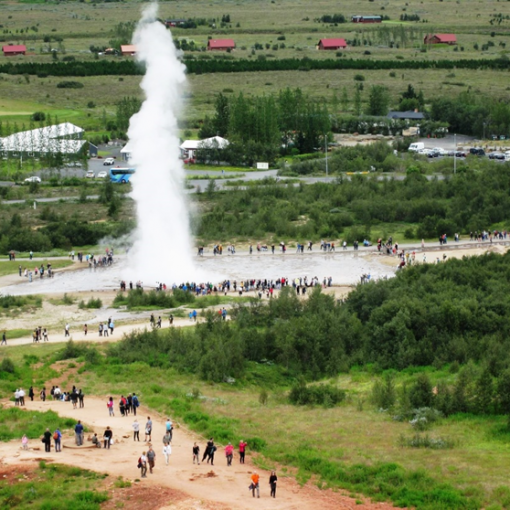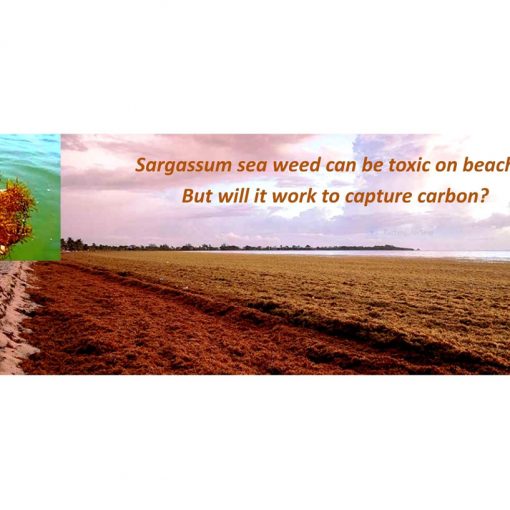8th APRIL 2022
If you missed it last week, one of my topics was planting of wildflower meadows, especially the unique and valuable yellow rattle plant. Unfortunately, a friend with far greater knowledge of plants than I will ever have, sent me an email to alert that the image I shared last time was probably not yellow rattle. How disappointing! She says I found Yellow Dead Nettle, also sometimes known as Yellow Archangel.
A plant that prefers damp places and partial shade. Being a perennial, Yellow Archangel takes a time to become established, but once it gets going it crowds out most other plants. Some colonies are thought to have survived in some places for 100s of years in undisturbed sites. Yellow Archangel often grows among bluebells, on woodland edges or within light deciduous woodland, and its yellow flowers appear just as the bluebells die back. Partially-shaded hedge banks, ditches and corners of scrubland are other places where Yellow Archangel sometimes grows wild.
Apparently Yellow Rattle tends to be upright, wiry and sturdy, whereas Dead Nettle is more tender and spreads in more of a ‘sprawl’. But the 2 images below show how similar they are. And even more confusing, some Rattle pictures look more like cow slips. Ah well, the answer is that I will have to buy some yellow rattle seeds and see if I can get a reliable result that way. In the meantime, I am happy to have planted my spinach and swiss chard plug plants, in new cloches, along with lots of other flower seeds.



UK wide government updated energy policy
Energy systems have been on everyone’s agenda again this week. There is much to say about future plans locally, but I shall start with the bigger picture nationally, to put things in context.
Firstly, a staggering positive, which has barely made an impact in the news but should be praised to the rooftops. Apparently, between 1990 and 2020, Britain achieved a 40% reduction in CO2 emissions and the last time our emissions level was this low was the late Victorian era! I debated this with Carole, the friend who emailed it to me. I think the comparison must have been with a time right at the end of the 19th century, when coal was being burned in every household and factory. And more coal was being burned to create steam in vast engines, rather than being used ‘raw’ for heat. It is this conversion of heat source to steam and thus into mechanical power, which has got me thinking ‘outside the box’, for new energy solutions today (more on this later).

Unfortunately, the UK government has a tendency NOT to think outside the box. Rather it usually re-vamps ideas that have already been published, and so it seems with most of their most recent pronouncements.
NUCLEAR – Parties in power have almost always supported nuclear; now the government intend to create a dedicated new regulatory body (called Great British Nuclear ?!!) to oversee the delivery of new nuclear plants. Presumably this will include the recent ideas for small modular nuclear too. They also recently acquired powers to finance new projects by allowing developers to add costs to customers’ bills during construction, rather than waiting for the plant to be up and running.
OFF SHORE WIND – The main hurdles in implementing floating off shore wind systems are price and the time it takes to deliver a project. It is good to see some movement with regard to planning here – we will relax planning rules to speed up the approvals process from 4 years to 1, and set up a fast-track approvals process for “priority” projects.
ON SHORE WIND – Government will not make “wholesale changes” to planning laws in England for onshore sites, which were tightened in 2015. This refusal to change shows Boris bowing to Tory back-bench pressure. Instead, government will consult a “limited number of supportive communities” about hosting new sites, in exchange for guaranteed discounts on energy bills.
MY COMMENT
Did you know that Octopus Energy already does this kind of community scheme? They call it the Octopus Fan Clubs. One is in Weighton, Yorkshire and the other near Caerphilly in South Wales.

This local energy club model is very exciting to see and has got me thinking how to achieve something similar, close to home. https://octopus.energy/octopus-fan-club/
SOLAR – There’s an ambition to increase the UK’s current 14GW solar capacity fivefold by 2035.
Planning laws in England will be reviewed to promote the development of new solar farms on non-protected land.
MY COMMENT
There is much more that could be done to enhance our solar industry, for instance supplementing with a bio-mass boiler on cloudy days, which is the very simple way that I operate at The Meadow Barns! But way more amazing are the results you can achieve when you add mirrors. There now exists something called a Solar Power Tower (SPT), where each mirror, or ‘heliostat’, has an individual position, turning to maximise solar gain.

Now some companies have added a further enhancement to the SPT – an unusual type of heat engine, which can use heat differences to generate electricity (hot to cold or v versa), for a very efficient combined energy system. If this seems way above your head, try a Youtube short film, as an introduction, which may persuade you the engine itself isn’t so complex after all! https://www.youtube.com/watch?v=wGRmcvxB_dk
These heat engines have really captured my imagination & I hope to understand and share more about them next time. But if you are inquisitive right now check out 19th century Stirling Engines on Wikipedia (image below); also the USA versions called Rider-Ericsson Engines. I think either of these would look fantastic working alongside an old mine building, don’t you?


More up to date options are also available and being constantly upgraded for better renewable systems, for instance the My Energy 365 system https://www.oekofen.com/en-gb/myenergy365/ from Austria, the Dutch Microgen Engine company and the hot water engine, from Exergyn in Eire.
https://www.youtube.com/watch?v=pklqEtP5k-c (Exergyn film).
HYDROGEN – Low-carbon hydrogen production in the UK is still at an early stage, with hopes that advances in technology can reduce costs. The strategy contains a target to double UK hydrogen production to 10GW by 2030. The ambition is that at least half of this will come from electrolytic hydrogen – where electricity is used to split water into hydrogen and oxygen.
OIL, GAS and FRACKING – I never expected to see any of these in a strategy document for the future, but the headless chicken brigade are justifying their decision to initiate a licensing round this summer for new North Sea oil and gas projects, and a taskforce set up to support new developments. The relevant Ministers say ‘we don’t want to burn more fossil fuels, but instead – as a temporary measure – we should aim to produce more of it domestically while they transition to renewables.’
I would be a little more willing to go with this, TEMPORARILY, if the government had also put in a massive boost for insulating homes. But no. This remains a glaringly obvious, neglected area ☹.
To conclude the list of announcements, let me not forget this –

The Future System Operator (FSO)
The FSO will be a new public body founded on the existing capabilities of the Electricity System Operator (ESO), and, where appropriate, National Grid Gas (NGG). It will work with energy suppliers and networks to balance the UK’s electricity systems and ensure continued energy resilience and security of supply for households and businesses. It will also provide strategic oversight of the UK gas system by taking on longer-term planning in respect of gas (but not real-time operation, which will remain with NGG).
My conclusion over all is there will be plenty of new highly-paid management positions in these government schemes, but the result will most like be ‘BUSINESS AS USUAL’ rather than ‘CREATIVE SOLUTIONS.’
Cornwall – We must do better & we can!
This week it has been a privilege and a pleasure to connect online with one of the major ‘movers and shakers’ of our Cornish green movement, John Carley of Carley’s Organics. We had two items of discussion, the first being an exciting conference event happening in Chacewater, south of Truro, on April 28th. The range of expert presenters looks very impressive, so not to be missed. Here is a link
http://chacewater.net/wp-content/uploads/2022/02/CGEC-2022-04-28-invitation-and-agenda.pdf
I was on a Teams meeting with John, as we both made contact, for the first time, with a team called ‘Deep Digital’ based at Camborne School of Mines/ University of Exeter. I came away from that session reeling, from the technical elements we had been dealing with and from the scale of possible project I was being encouraged to plan. The skills of the University staff are dedicated to gathering underground mine data & images, using advanced robotic ROVs, or Remote Operated Vehicles, then enhancing results through digital means to arrive at what sound to be mega-impressive 3D images and models.

This brings me back to the Octopus Fan Club idea. We have a great many redundant mine house sites within PL24 2SA, 2RR, 2RT & 2JP post codes, and if we can find one that would be suitable then perhaps we can create something of our own, on similar lines to the Fan Club. We might involve small wind turbines, but not necessarily. Rather we could combine all available types of green energy in and around a mine
a) Hydro with a series of small water wheels all down a hillside to power water pumps in the mine
b) A solar and biomass Power Tower, perhaps utilising an old engine chimney stack
c) A hot air or hot water engine or turbines, to create electricity and send via a private supply wire, to the nearest users in the area. This would then create a new LOCAL MINE ENERGY GRID!
Finally we might add d) a battery or other type of storage system, especially if we find lithium brine …!!

Artist impression of an old mine house with small wind turbines, for pumping up warm water.
Who knows how far this concept might go? After so many months of slowly percolating ideas for a restoration CIC or Co-operative, perhaps this Combo idea will be the real thing. And the right name?
L-MEG … not the worst acronym and nobody else is using it, so far as I can tell.




